Moynihan Train Hall: All Flash and No Substance?
Yes, the new Moynihan Train Hall is lovely but it doesn’t up the city’s rail capacity—and it doesn't come with seating
By Rebecca Baird-Remba January 13, 2021 4:56 pm
reprints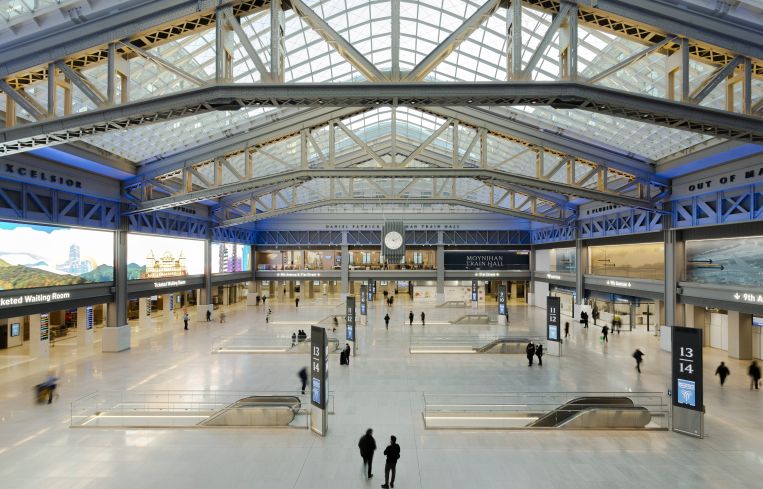
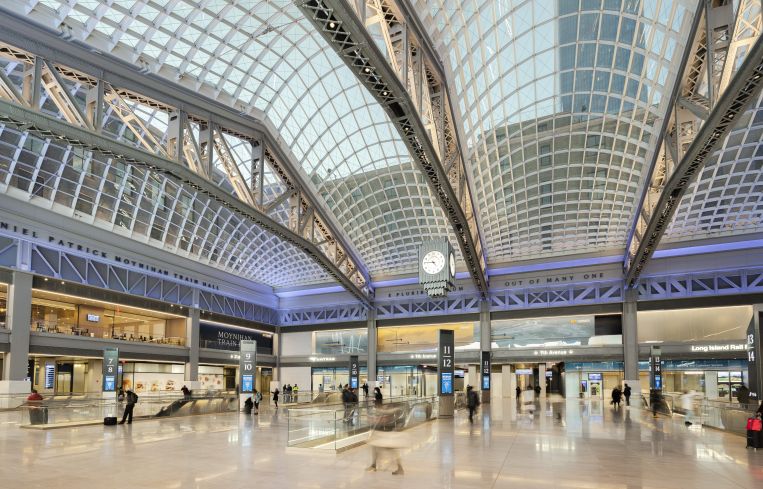
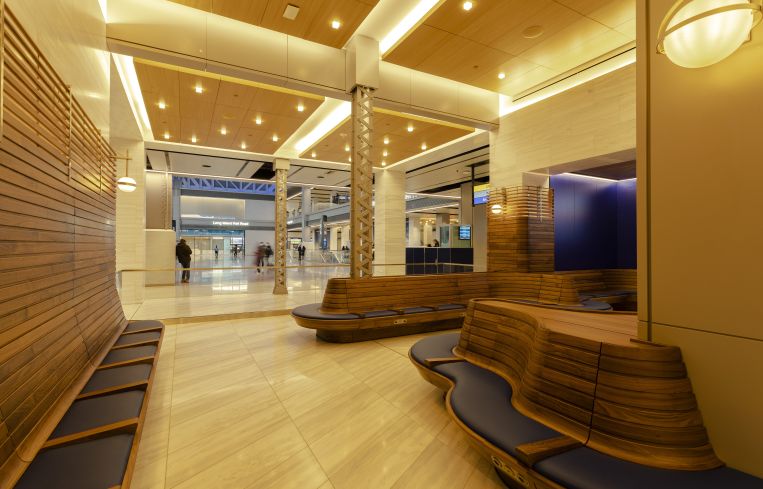
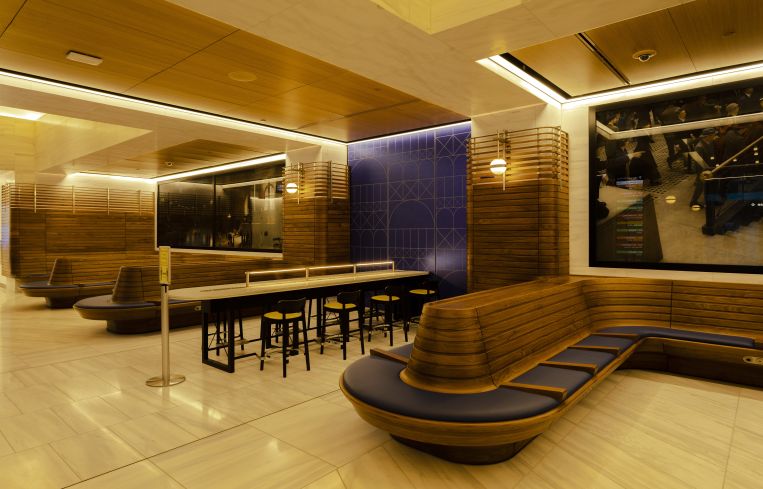
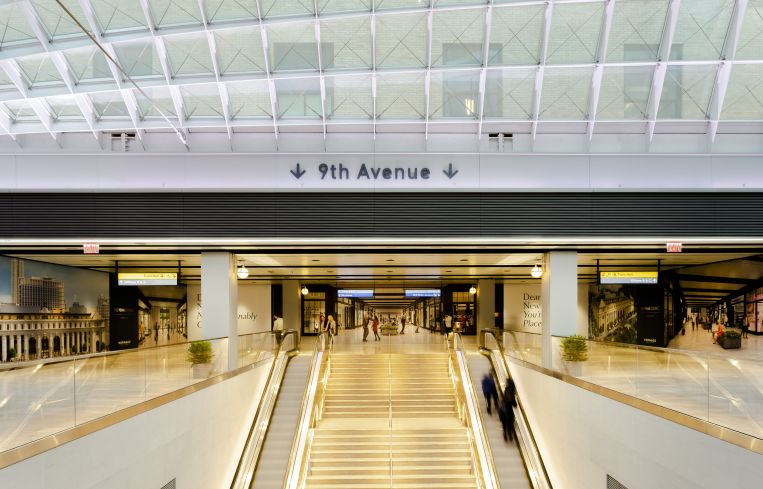
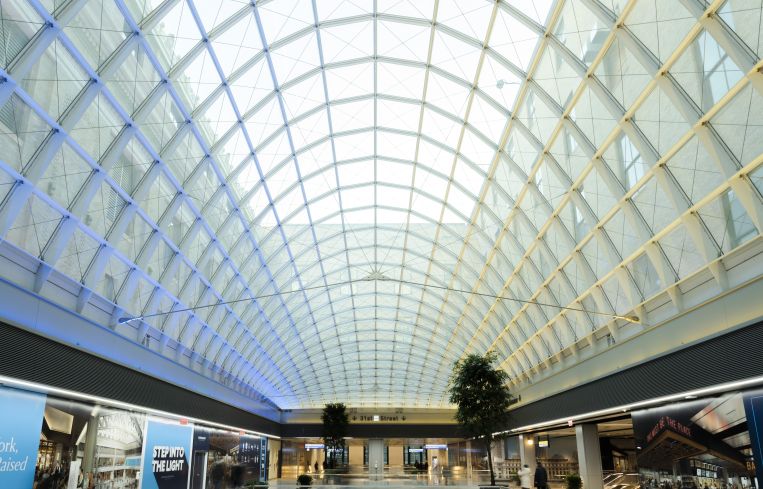
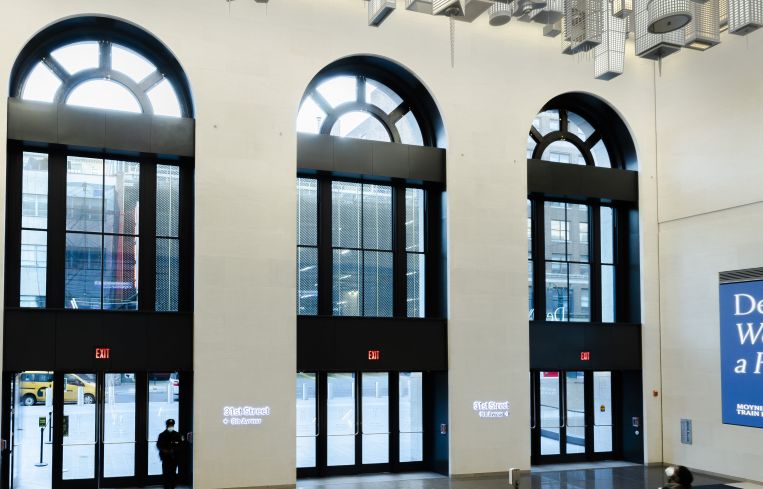
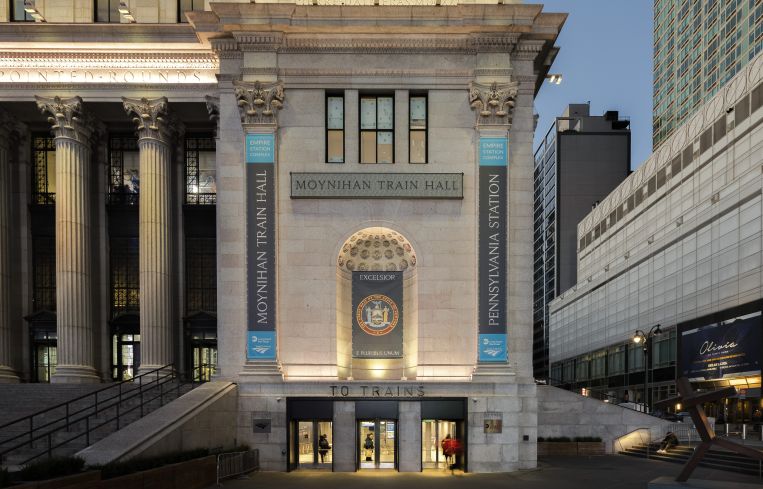
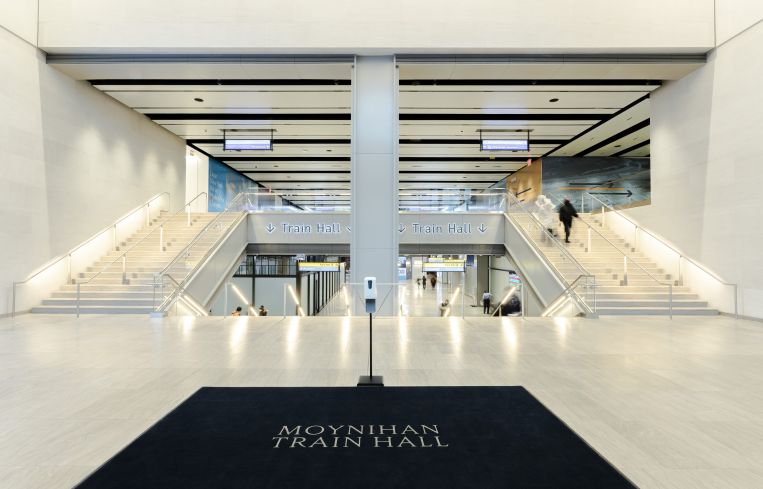

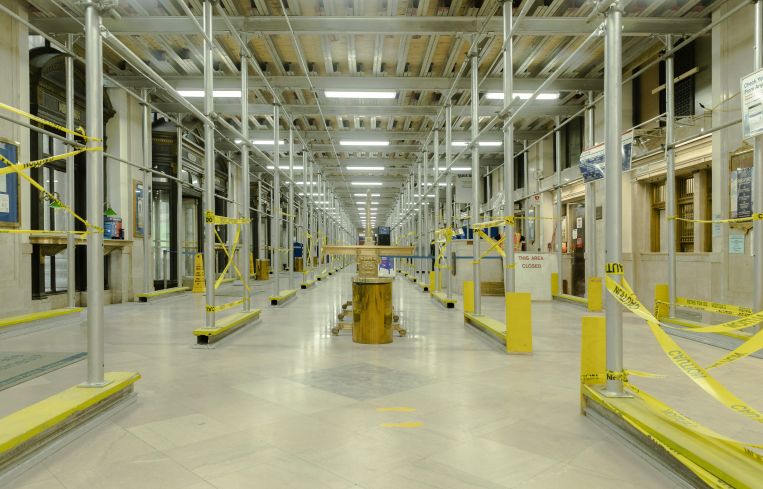
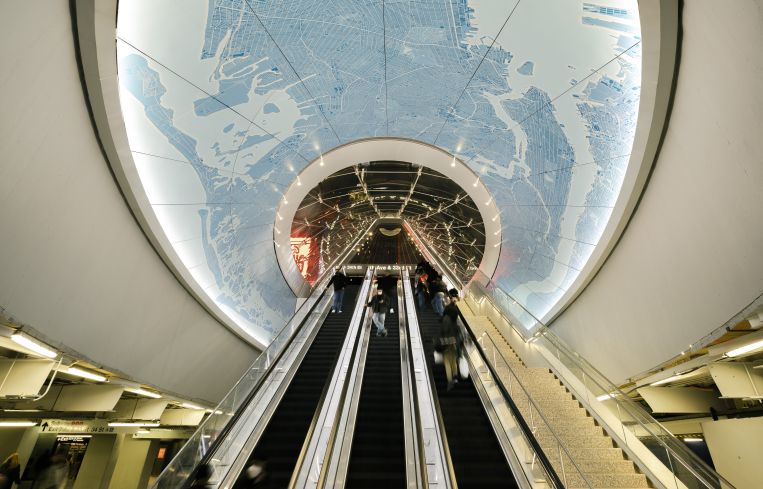
There’s no question that the newly opened, $1.6 billion Moynihan Train Hall is dramatic — a massive open room framed by turn-of-the-century steel arches and a curved skylight, lit by a combination of sunlight and massive LED screens.
In fact, the soaring steel girders above the train hall were originally constructed so that postal inspectors could peer down from above on workers sorting the mail, to ensure that they weren’t stealing letters or packages. Designed by McKim, Mead and White and built as a mail sorting facility in 1913, the James A. Farley Post Office Building sits directly over the Amtrak Northeast Corridor, which has made it a natural fit for plans to expand Penn Station across the street. McKim, Mead and White also designed the original Penn Station, a 1910 Beaux-Arts masterpiece like the Farley Building that was demolished in 1965.
The train tracks below the Farley building were once used to bring mail into the city. Over the last few decades, the U.S. Postal Service slowly abandoned most of the building, which stretches from Eighth to Ninth avenues between 31st and 33rd streets. In recent years, the post office operated a retail branch in the front of the building, and used the rest of the massive property for offices and mail-sorting, as well as a museum.
The federal agency — facing a cash crunch — finally sold the 1.1 million-square-foot property to Empire State Development in 2006. The state, in turn, leased it to the development team, which includes Skanska, Vornado Realty Trust and the Related Companies, for 99 years with an initial payment of $230 million. Facebook has leased 730,000 square feet of office space in the western half of the building, a later addition to the original structure known as the Annex.
A team led by Skidmore, Owings & Merrill — which has shepherded the design of the project through multiple iterations since the late 1990s — breathed new life into the century-old building to create a 475,000-square-foot rail hub with retail. There’s an Art Deco-style clock designed by Peter Pennoyer Architects hanging in the center of the main room that looks like it would belong in any European train station.
The skylight, arranged in the shape of four curved vaults, is composed of 2,000 pieces of glass, some of which have been specifically thickened to provide more structural support and limit the amount of sunlight that can filter in. The floors are a polished, Tennessee Quaker gray marble, which is the same marble used for the floors of Grand Central Terminal, according to SOM Partner Colin Koop, who took over the project from his former colleague Roger Duffy.
There’s plenty of eye-catching art, too, though it’s hidden in out-of-the-way parts of the station that many passengers would miss. A lounge for ticketed passengers, which Rockwell Group designed, features walls and benches clad in a dark wood, with royal blue seats and accent panels along the walls. Canadian artist Stan Douglas staged hundreds of people dressed in early 20th century clothing to recreate historic scenes from the original Penn Station, like the arrival of Black labor organizer Angelo Herndon in 1934. Douglas’ massive stitched-together photographic panels hang along one wall of the lounges.
And, on the ceiling of one entrance, storied Black artist Kehinde Wiley crafted stained glass panels depicting colorful breakdancers in the style of the Sistine Chapel ceiling, reaching toward each other against a backdrop of bright blue skies and puffy white clouds. Then, above another entrance, a shiny, three-dimensional metal skyline crafted by Berlin-based artists Michael Elmgreen and Ingar Dragset hangs upside down, backlit by 72,000 color-changing LEDs.
However, the picturesque space has its drawbacks. First, it lacks public seating, as Second Ave. Sagas transit blogger Ben Kabak was quick to point out. SOM’s Koop said that there would be public seating in the building’s food hall, which is set to open in the spring or summer of this year. He argued that the lack of benches in the main part of the train hall will prevent crowding once train travel returns to pre-pandemic levels.
“This room will be at full capacity with all these trains running,” said Koop. “We did a lot of pedestrian flow analysis. They literally simulate people walking through. This is no place for benches; this is gonna be packed full.”
The lounges in the main train hall are only open to ticketed Amtrak or Long Island Rail Road passengers. There’s an attractive lounge on the second floor of the building that is only open to certain Amtrak passengers. Penn Station, notably, has no public seating. But it is open 24 hours a day, making it a refuge for the homeless, while Moynihan closes from 1 a.m. to 5 a.m. each night. The $4 billion World Trade Center Transportation Hub and the $1.4 billion Fulton Street Transit Center, opened in 2016 and 2014, respectively, have been criticized for a lack of seating, too.
And the new hall only serves Amtrak and Long Island Rail Road passengers, not New Jersey Transit, which accounts for a significant portion of Penn Station’s 600,000 (pre-pandemic) daily commuters. Apparently, the New Jersey Transit platforms could not be extended west across Eighth Avenue to Moynihan in the same way that the LIRR and Amtrak platforms were, which is what makes Moynihan feasible as a train hall.
Ultimately, the critical consensus on Moynihan seems to be that it’s nice, but it’s merely a “good first step,” as Curbed’s Justin Davidson wrote. Penn Station itself remains depressing and dingy, albeit with a shiny, new glass entrance adorned with a pale blue line map of the five boroughs. And New York and New Jersey still need billions in federal funding for the Gateway Tunnel, one of the few measures that could actually increase the city’s rail capacity — which is something Moynihan doesn’t do.


